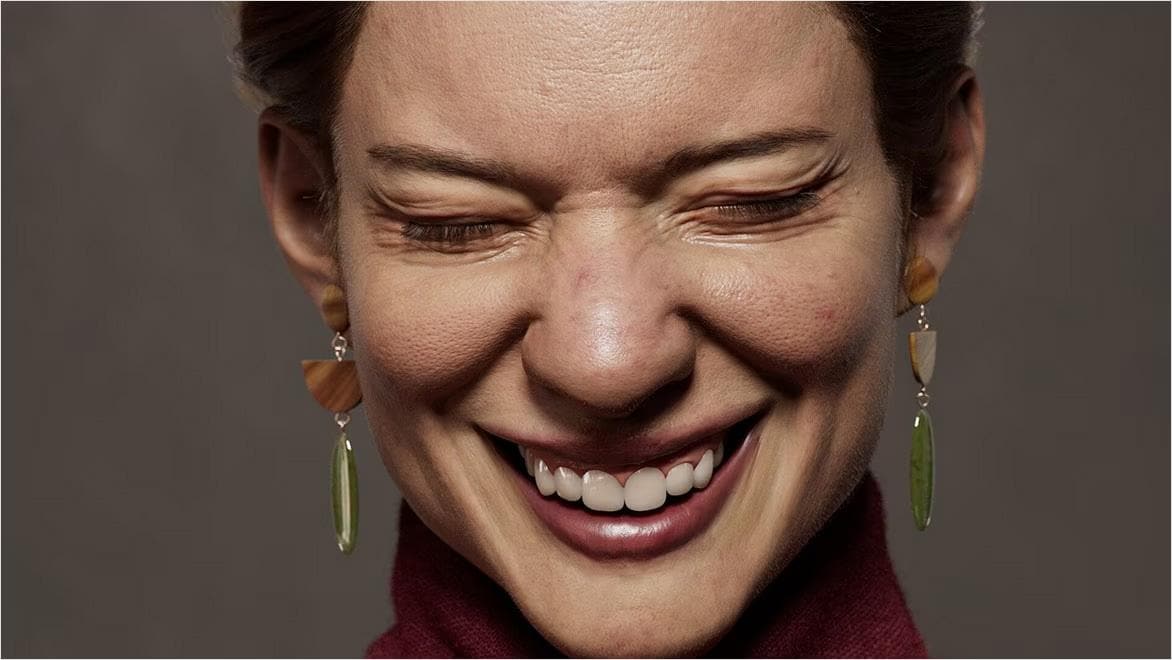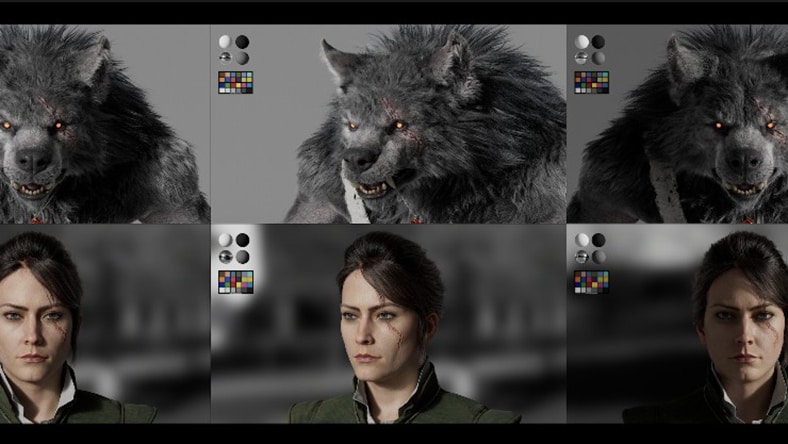Texture mapping in animation involves various techniques to enhance the visual quality of 3D models. Different types of texture mapping serve specific purposes in creating more realistic and visually appealing animations:
Diffuse mapping: This is the most basic type of texture mapping. It involves applying colour and texture to the surface of 3D models, giving them their base appearance. In animation (US site), diffuse maps are used to add basic colours, patterns and textures to surfaces, making objects look more realistic by mimicking their real-world appearance.
Normal mapping: Normal maps are used to simulate complex surface details without adding extra geometric complexity to the model. These maps encode surface-normal information, giving the illusion of surface detail and depth by affecting how light interacts with the surface. This is widely used in animation to create intricate textures, such as adding bumps, grooves or fine surface details to objects without altering their geometry.
Specular mapping: Specular maps define the shininess or reflectivity of a surface. In animation, this type of mapping is used to determine areas that appear more reflective or shiny on an object. By adjusting the specular map, animators can control where highlights and reflections occur, adding realism and depth to the materials being represented.
Bump mapping: Like normal mapping, bump maps simulate surface details. However, instead of altering the direction of the surface, bump maps modify the surface’s apparent depth, creating the illusion of bumps, dents or roughness on a surface. This technique is widely used in animation to add texture and depth to surfaces without the need for additional geometry.












